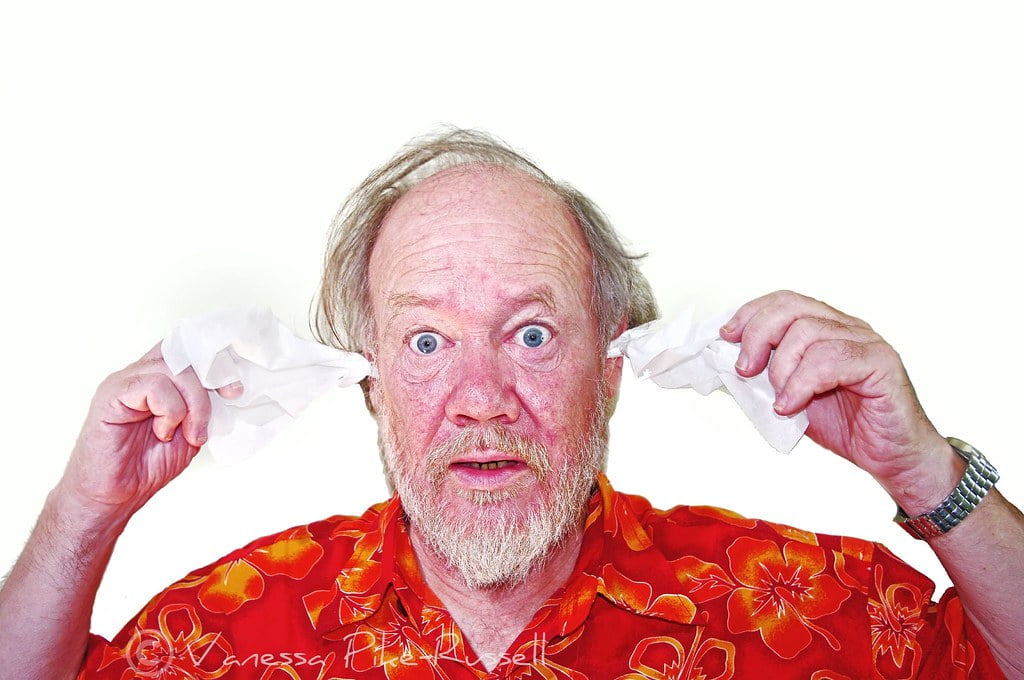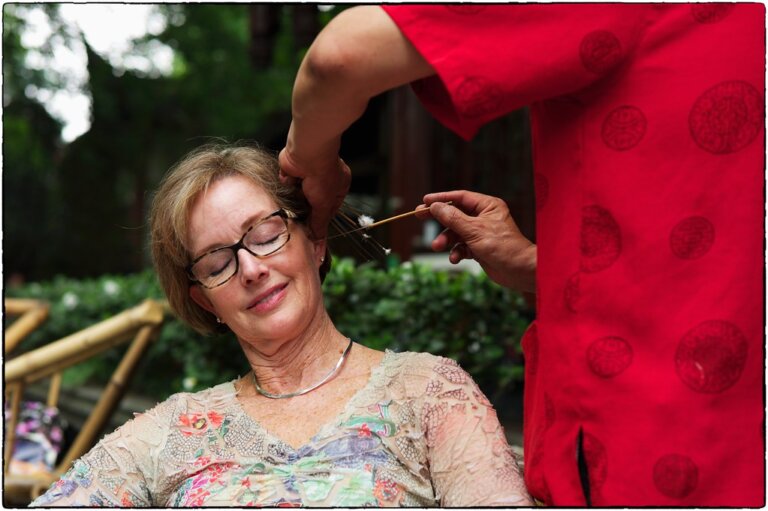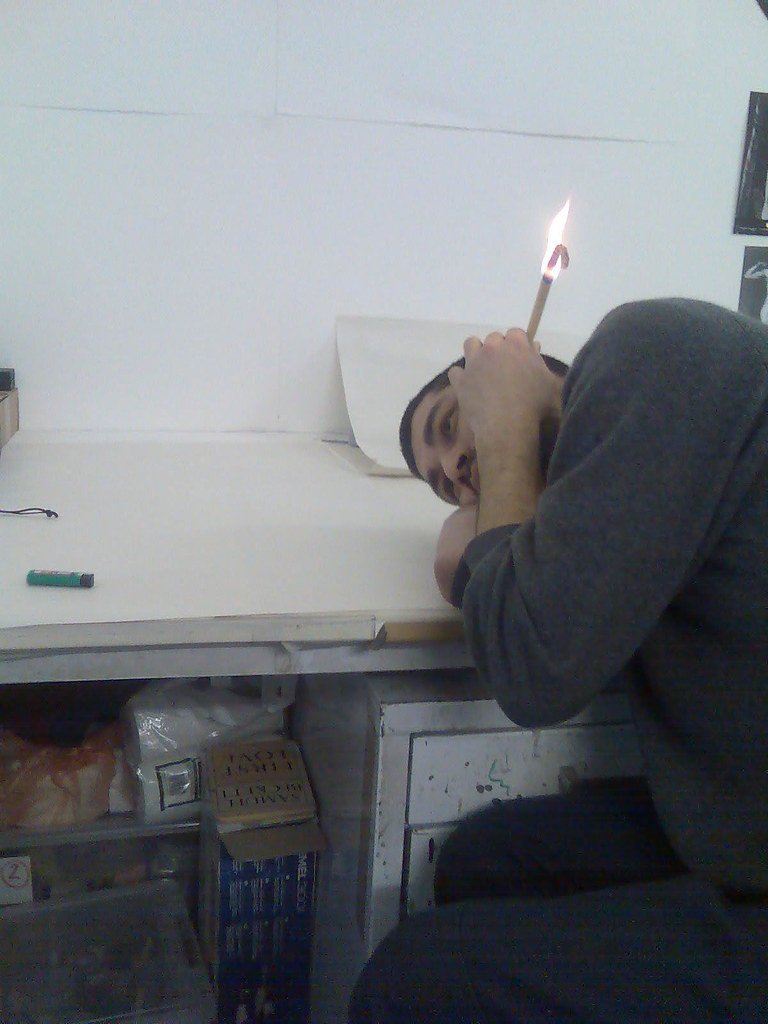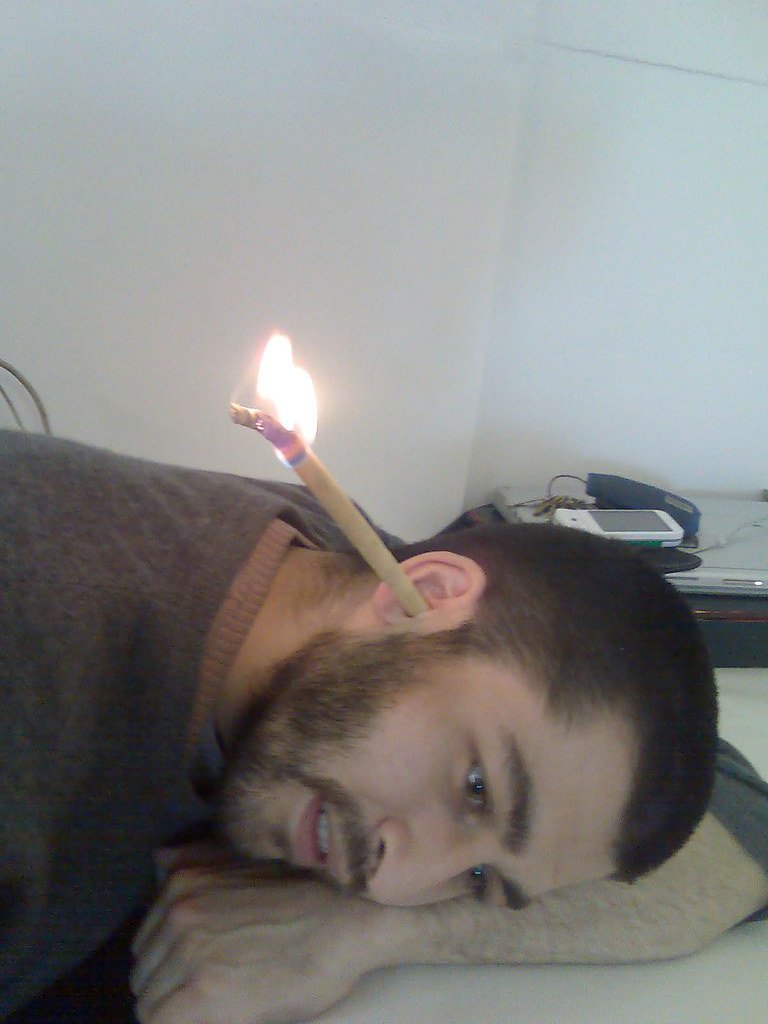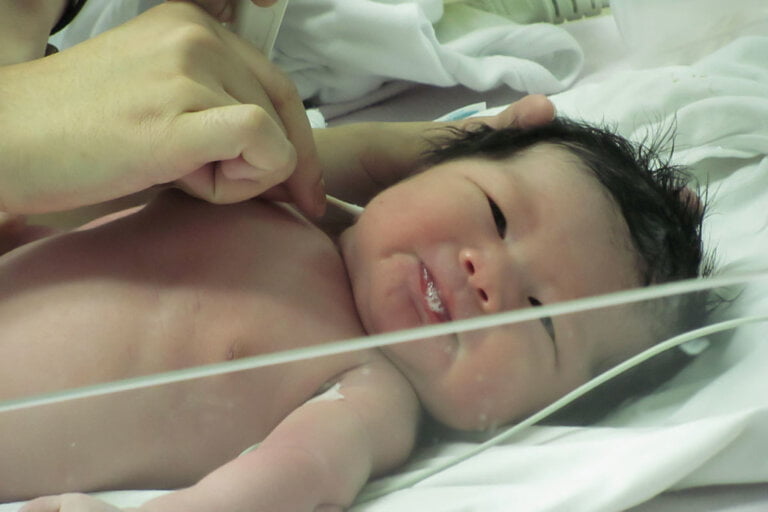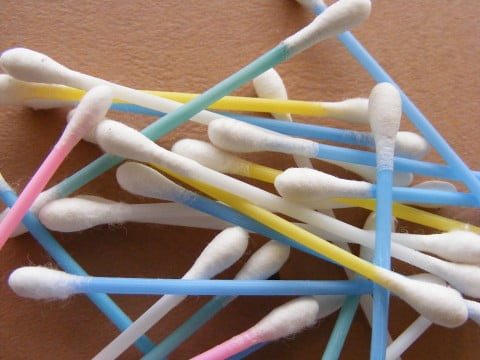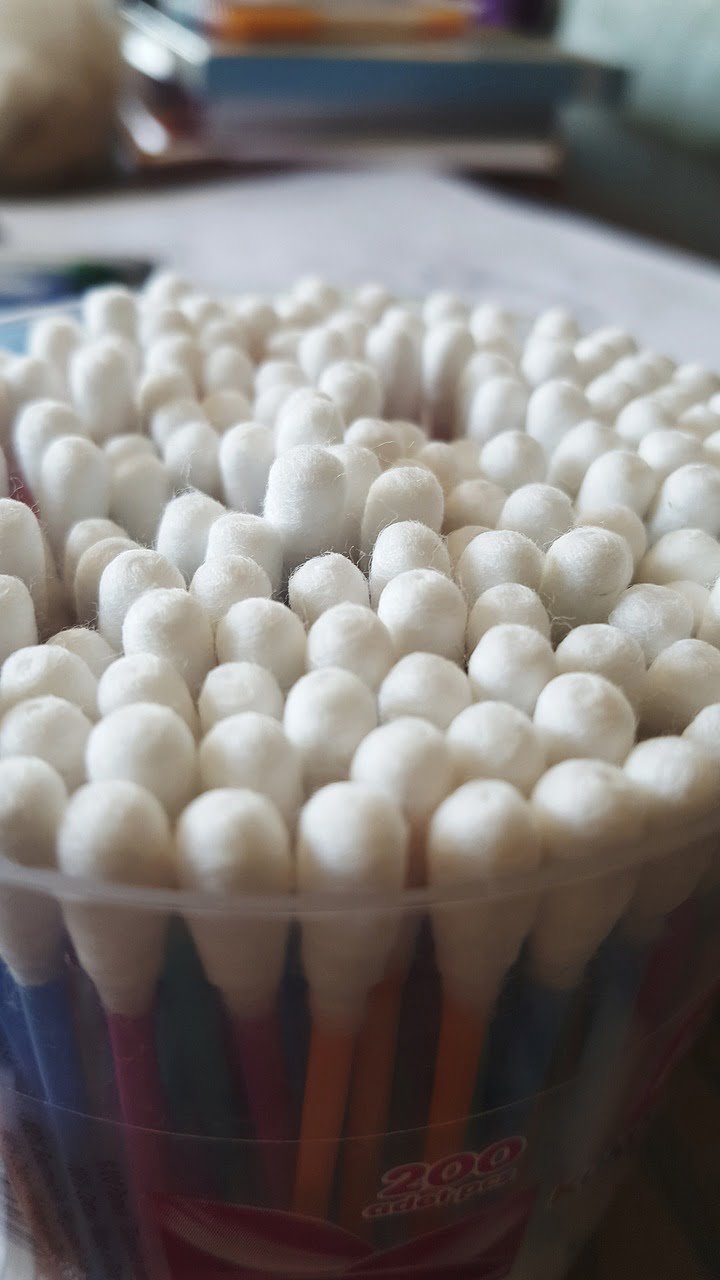The Aftermath: Post-Procedure Care Following Manual Instrument Ear Wax Removal
Earwax, also known as cerumen, is a natural and necessary substance produced by the ear canal. It helps to protect the delicate structures of the ear and keeps the ear canal lubricated. However, an excessive buildup of earwax can lead to discomfort, hearing loss, and even infection. Manual instrument ear wax removal is a common procedure performed by healthcare professionals to safely remove excessive earwax. After undergoing this procedure, it is crucial to follow proper post-procedure care to ensure optimal healing and prevent any complications. This article will provide a comprehensive guide on the post-procedure care following manual instrument ear wax removal.
Why is Post-Procedure Care Important?
Proper post-procedure care is of utmost importance following manual instrument ear wax removal. This care is essential to promote proper healing and reduce the risk of complications. During the procedure, there is a possibility of minor trauma to the ear canal, which may result in temporary discomfort or irritation. By following the recommended post-procedure care, you can minimize these effects and ensure a smooth recovery process.
To understand why post-procedure care is important, let’s delve into its benefits:
-
Facilitates Healing: Following the prescribed care regimen helps the ear canal heal properly by providing the necessary environment for tissue regeneration and repair.
-
Prevents Infection: Post-procedure care reduces the risk of infection by keeping the treated area clean and dry, which inhibits the growth of bacteria or fungi.
-
Reduces Discomfort and Irritation: By following the recommended care, you can minimize post-procedure discomfort and irritation, allowing for a quicker return to normal activities.
-
Prevents Further Complications: Proper care ensures that there is no disruption to the healing process, preventing complications such as prolonged pain, hearing loss, or persistent discharge.
Immediate Aftercare
Immediately after the manual instrument ear wax removal procedure, it is normal to experience some mild discomfort or sensitivity in the ear. Here are some important steps to follow during the immediate aftercare period:
-
Rest and Avoid Loud Noises: Giving your ears some rest and avoiding exposure to loud noises is crucial during the immediate aftercare period. This precautionary measure helps prevent further irritation or damage to the ear canal. Loud noises can strain the delicate structures of the ear, hindering the healing process.
-
Avoid Touching or Inserting Anything in the Ear: Refraining from touching or inserting any objects into the treated ear is essential to prevent injury or disrupt the healing process. Even the use of cotton swabs, fingers, or any other foreign objects can introduce bacteria or damage the delicate tissues. It’s important to let the ear canal heal naturally.
-
Avoid Water Contact: Keeping the treated ear dry is vital for optimal healing. Water contact, such as swimming or taking showers, should be avoided during the immediate aftercare period. Moisture can impede the healing process and increase the risk of infection. It is recommended to use earplugs or cover the ear with a shower cap during bathing to prevent water from entering the ear canal.
-
Take Pain Medication if Required: If you experience discomfort or pain after the procedure, you can take over-the-counter pain medication, following the recommended dosage instructions. However, it is crucial to consult with your healthcare provider before taking any medication, especially if you have any underlying medical conditions or are taking other medications. They can provide guidance on suitable pain relief options and ensure there are no contraindications.
Cleaning and Maintenance
Proper cleaning and maintenance of the treated ear are crucial to prevent any further earwax buildup and maintain good ear health. Here are some guidelines to follow:
-
Use Ear Drops: Your healthcare provider may prescribe or recommend specific ear drops to soften any remaining earwax and facilitate its natural removal. These ear drops are designed to break down the wax, making it easier for it to come out naturally. It is important to follow the instructions provided by your healthcare provider on how to use these ear drops. Typically, they are administered by tilting the head and applying a few drops into the affected ear. Gently massaging the area around the ear can help the drops penetrate deeper.
-
Gently Clean the Outer Ear: Cleaning the outer part of the ear is essential for maintaining good ear hygiene. Use a clean, soft cloth or tissue to gently clean the outer ear. It is important to note that the cleaning should only be done on the external part of the ear and should not involve inserting anything into the ear canal. Avoid using cotton swabs as they may push the earwax deeper into the canal or cause injury.
-
Avoid Ear Irrigation: It is crucial to refrain from using any ear irrigation devices or methods, such as ear syringes or ear candles, without consulting your healthcare provider. These methods can potentially cause harm or damage to the delicate structures of the ear. Your healthcare provider will advise you on the most appropriate methods for ear cleaning based on your specific condition.
Monitoring for Complications
While manual instrument ear wax removal is generally safe, it is essential to monitor for any potential complications. If you experience any of the following symptoms, it is important to contact your healthcare provider:
-
Severe or Prolonged Pain: If the pain persists or becomes severe, it may indicate an underlying issue or infection. Your healthcare provider can evaluate the situation and provide appropriate treatment.
-
Hearing Loss: If you notice a significant or prolonged decrease in your hearing ability, it is important to seek medical attention. This could be a sign of an underlying problem that needs to be addressed.
-
Persistent Discharge or Bleeding: Any unusual discharge or bleeding from the ear should be evaluated by a healthcare professional. It may indicate an infection or injury that requires medical intervention.
-
Fever or Signs of Infection: If you develop a fever, increased redness, swelling, or warmth around the treated ear, it may indicate an infection. Seeking medical attention promptly is crucial to prevent the infection from worsening.
Follow-up Appointment
Your healthcare provider may schedule a follow-up appointment to monitor your progress and ensure proper healing. Attending this appointment is important as it allows your healthcare provider to assess the recovery process and address any concerns or questions you may have. During the follow-up visit, your healthcare provider may perform a visual examination or recommend additional treatment if necessary. It is essential to follow their guidance and adhere to any prescribed treatments or precautions.
Conclusion
Proper post-procedure care following manual instrument ear wax removal is crucial for optimal healing and prevention of complications. By following the guidelines provided by your healthcare provider, such as resting, avoiding water contact, and gently cleaning the outer ear, you can ensure a smooth recovery process. If you experience any severe or prolonged pain, hearing loss, discharge, or signs of infection, it is important to seek medical attention promptly. Remember, the well-being of your ears is essential for overall hearing health and quality of life.
FAQ
1. Why is post-procedure care important after manual instrument ear wax removal?
Post-procedure care is important to promote proper healing, prevent infection, reduce discomfort and irritation, and prevent further complications.
2. What should I do immediately after the manual instrument ear wax removal procedure?
After the procedure, it is important to rest and avoid loud noises, avoid touching or inserting anything in the ear, avoid water contact, and take pain medication if required.
3. How should I clean and maintain the treated ear?
You should use ear drops as prescribed by your healthcare provider, gently clean the outer ear with a soft cloth or tissue, and avoid ear irrigation methods without consulting your healthcare provider.
4. What complications should I monitor for after manual instrument ear wax removal?
You should monitor for severe or prolonged pain, hearing loss, persistent discharge or bleeding, and signs of infection such as fever, increased redness, swelling, or warmth around the treated ear. Contact your healthcare provider if you experience any of these symptoms.

